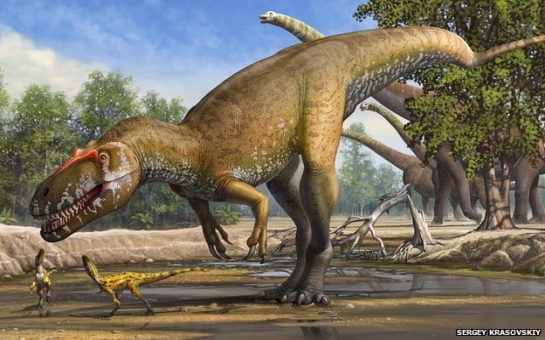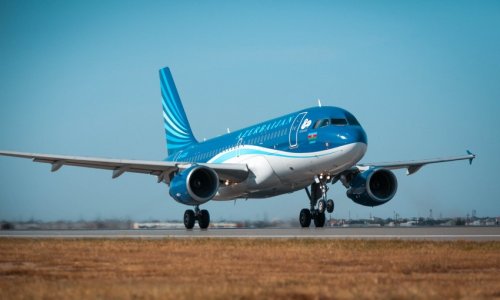Follow us !
Ferocious dino was European giant
Society
14:15 | 06.03.2014

Ferocious dino was European giant
Scientists in Portugal have identified what they think may have been the largest predator ever to roam across the European landmass.Fossil bones from the dinosaur were pulled from a cliff at Praia da Vermelha just north of Lisbon.Known as Torvosaurus gurneyi, this ferocious beast would have been some 10m in length and weighed perhaps 4-5 tonnes.Its features are described in the latest edition of the Plos One journal.It was a theropod - the kind of two-legged, meat-eating animal that everyone instantly recognises in something like Tyrannosaurus rex.But T. gurneyi lived much earlier in time, in the late Jurassic - about 150 million years ago."We all know about T. rex, but Tyrannosaurus was a Cretaceous animal," explains co-author Prof Octavio Mateus from the New University of Lisbon."Our dinosaur was Jurassic. The difference in age is striking - it's 80 million years. So, when T. rex walked on Earth, Torvosaurus was already a fossil," he told BBC News.Scientists have now unearthed a number of body parts belonging to Torvosaurus from Portugal's fossil-rich Lourinha rock formation. These specimens even include eggs and embryos.But it is with this latest description of the dinosaur's upper-jaw that the researchers believe they can put the creature in its proper context.They say the Portuguese animal is distinct from the Torvosaurus already known from North America.That fossil "cousin", known as Torvosaurus tanneri, was found in rocks of similar age, from the so-called Morrison formation.It means that both animals must have shared a common ancestor deeper in time, before the Atlantic Ocean was fully opened."One hundred and fifty million years ago, Portugal was already separated from North America and this meant the mechanism of speciation could occur," said lead author Christophe Hendrickx. "And this is why we have a new species of Torvosaurus in Europe."One of the most impressive features of the Plos One T. gurneyi find is its teeth - blade-shaped and more than 10cm long.This indicates it must have been at the top of the food chain when it stomped around the Iberian Peninsula."Besides dinosaurs, we had turtles, crocodiles, those flying reptiles we call pterosaurs, and also small mammals," Mr Hendrickx told BBC News."And for the flora - it must have been quite luxuriant. A lot of conifers and gingkos. [It would have looked] something like a tropical environment."Prof Mateus added: "This was an area with a lot of rivers, a lot of fresh water; and a lot of vegetation. So, it would have been good for herbivores, and with herbivores come some carnivores like Torvosaurus."Although a record-breaker for terrestrial Europe, Torvosaurus is not the largest predatory dinosaur known to science.Carcharodontosaurus, Giganotosaurus and Tyrannosaurus from other parts of the world, and from the later Cretaceous Period, were all bigger land animals.And of course there were marine predators in the Jurassic, such as plesiosaurs, that would have rivalled it for size.The largest known herbivore in Europe was probably a sauropod from Spain whose bones suggest it weighed in excess of 40 tonnes.(BBC)ANN.Az










